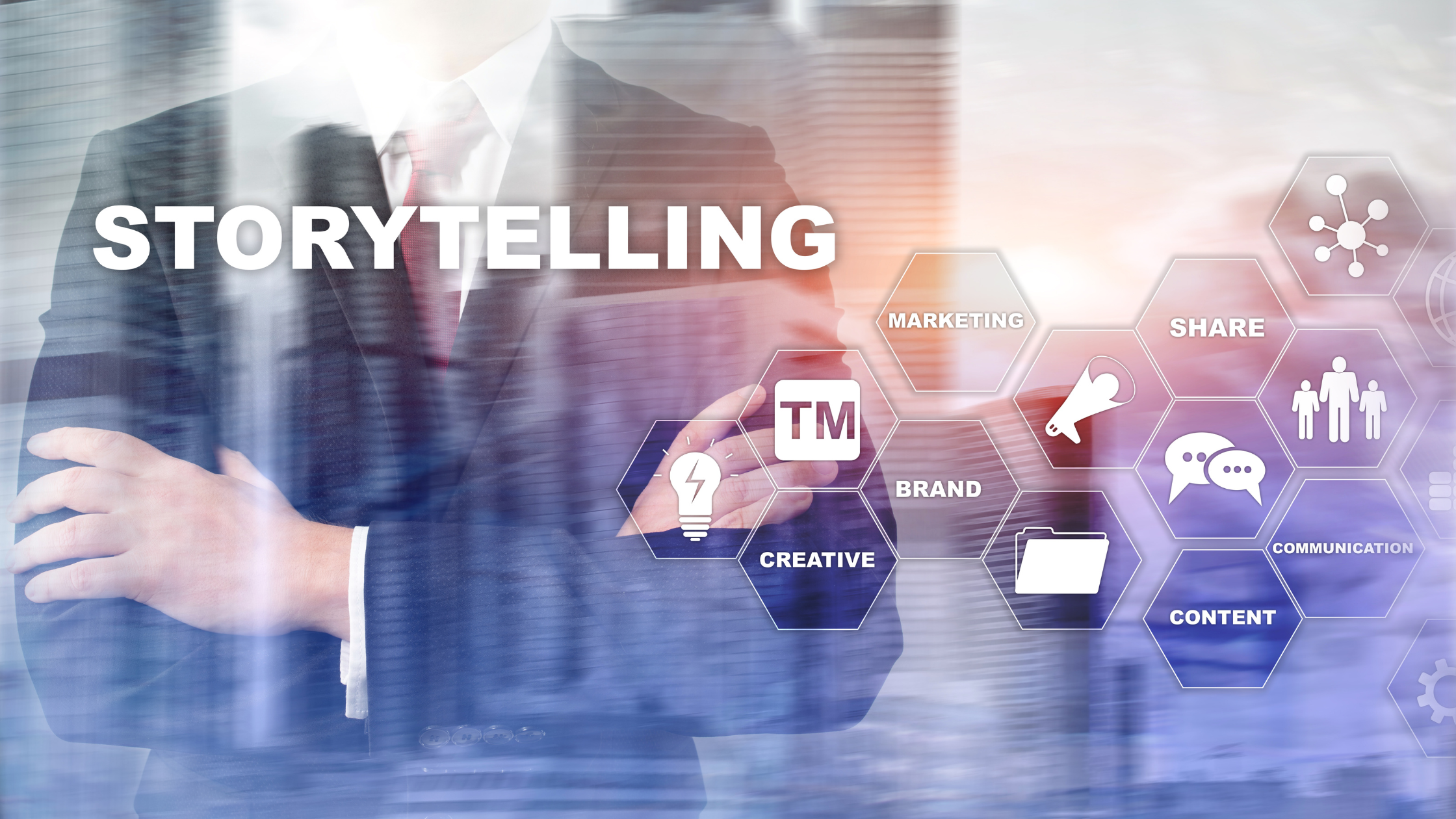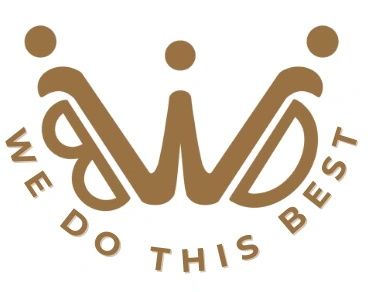The Role of Storytelling in Marketing Campaigns
Marketing in 2025 is no longer about shouting the loudest. It’s about telling the most compelling story. When brands craft authentic narratives, customers don’t just remember products; they feel connected. This is why storytelling in marketing campaigns has become one of the most powerful tools to build loyalty, differentiate from competitors, and drive measurable business results.
What Makes Storytelling Essential in Modern Marketing?
Emotional Connection and Brand Loyalty
Stories are 22 times more memorable than facts alone. By weaving emotion into their marketing, brands can create instant rapport, build trust, and foster lifelong loyalty. A 2025 study revealed that brands using storytelling saw a 30% increase in conversion rates and a 20% rise in customer loyalty.
Differentiation in a Noisy Market
With thousands of brands vying for attention across every digital channel, a unique, engaging narrative helps your brand rise above the noise. Storytelling humanizes brands, giving them a face and a purpose that consumers can rally behind.
The Power of Visual and Platform-Driven Stories
Visually compelling storytelling, tailored for specific platforms (TikTok, Instagram, podcasts, AR experiences), dramatically boosts engagement. Platform-specific narratives and authentic brand messages elevate both engagement and awareness.
Key Trends Shaping Storytelling in 2025
AI-Personalized Storytelling: Data-driven, AI-powered stories tailored to user behavior, increasing relevance and conversion rates.
Micro-Influencer Narratives: Leveraging everyday voices and niche creators to amplify authentic stories.
Sustainability and Social Good: Consumers demand more than products—they want narratives about impact, ethics, and purpose.
Interactive and Immersive Media: AR, VR, and interactive content create memorable, multisensory experiences.
User-Generated Content (UGC): The strongest stories now come from real customers, not ad agencies.
Impactful Storytelling: Case Studies from Leading Brands
| Brand | Storytelling Tactic | Outcome |
|---|---|---|
| Nike | Empowerment campaigns (“Just Do It”) | Built a loyal, global fitness community |
| Airbnb | User & host stories of belonging | Fostered trust, expanded market reach |
| Dove | Real Beauty stories | Redefined industry standards, increased loyalty |
| Tata Motors | Local stories, community engagement | Strengthened brand image in diverse markets |
| Disney | Heartwarming digital storytelling | Created generational fans, viral engagement |
Practical Steps to Build Story-Driven Campaigns
Define Your Core Brand Story
Align every campaign with your mission, values, and unique voice. Consistency matters.Use Visuals and Interactive Media
Animated explainers, VR launches, and social stories grab attention in seconds.Personalize the Narrative with AI
Segment and deliver customer-focused stories at scale.Elevate Real Voices
Feature testimonials, UGC, and employee stories for extra credibility and relatability.Focus on Purpose and Values
Stand for something; transparency and social causes win hearts in 2025.Measure and Optimize
Track engagement, shares, and sentiment to refine your approach.
6 Storytelling Frameworks You Can Use

1. The Hero’s Journey
This classic storytelling arc—used in everything from ancient myths to blockbuster movies—centers around a protagonist overcoming adversity. In marketing, your customer is the hero, not your brand.
Structure:
Ordinary world: The customer’s daily life, unaware of the deeper problem.
Call to adventure: They discover a need or challenge.
The mentor: Your brand or product appears as the guide.
Trials and transformation: They engage with your product, learning and growing.
The return: They emerge better, smarter, and transformed.
Example:
An entrepreneur struggling to manage inventory discovers your ERP tool. With your intuitive platform guiding them, they streamline operations, save costs, and expand into new markets.
“Customers don’t buy products. They buy better versions of themselves.” — Donald Miller, StoryBrand
2. Before-After-Bridge (BAB)
This simple, powerful format shows your audience what life looks like before your product, what it could look like after, and how you help them get there.
Structure:
Before: Highlight relatable pain points.
After: Paint a desirable, transformed future.
Bridge: Explain how your product/service makes it happen.
Example:
Before using your skincare serum, customers dealt with dull, uneven skin. After using it, they have a radiant glow. The bridge? Your potent, dermatologist-approved formula.
| Phase | Description |
|---|---|
| Before | Painful, inefficient, or unfulfilling situation |
| After | Improved life with clear benefits |
| Bridge | Your product/service enabling that transformation |
3. Problem-Agitate-Solve (PAS)
PAS is a favorite in persuasive copywriting because it zeroes in on the customer’s pain point and emotionally primes them to seek relief.
Structure:
Problem: Identify the issue your audience faces.
Agitate: Intensify the emotional discomfort—make them feel the frustration.
Solve: Offer your product/service as the clear, simple fix.
Example:
Problem: Small business owners spend hours manually processing invoices. Agitate: It eats into personal time, leading to burnout. Solve: Your automated invoicing software cuts admin time by 75%.
“If you can describe the problem better than your customer, they’ll assume you have the solution.” — Jay Abraham
4. Three-Act Structure
This framework mirrors film and fiction but works beautifully in brand storytelling.
Structure:
Act 1 – Setup: Introduce the protagonist (your customer) and their situation.
Act 2 – Confrontation: Reveal the problem or challenge they face.
Act 3 – Resolution: Show how your product helps them overcome the obstacle and improve.
Example:
A startup founder is introduced (Act 1). They face declining engagement on social media (Act 2). They use your AI-powered content platform to increase visibility and conversions (Act 3).
Use this for:
Explainer videos
Brand origin stories
Customer success journeys
5. Testimonials as Micro-Stories
Instead of flat, one-line reviews, build emotional mini-narratives around your testimonials to humanize your brand and build credibility.
Structure:
Challenge: What problem did the customer face?
Discovery: How did they find your brand?
Experience: What was it like using your product/service?
Result: What transformation did they see?
Example:
“We were losing customers due to delayed deliveries. After switching to [Your Logistics Software], our fulfillment rate increased by 40%, and customer satisfaction soared.”
Stat: 92% of consumers trust user-generated content more than traditional ads — Nielsen
6. Mission-Driven Narrative
Your brand’s origin and purpose can deeply resonate with customers, especially those driven by values. People buy why you do something, not just what you sell.
Structure:
Inspiration: What problem or gap inspired your business?
Journey: What obstacles did you overcome to build your product?
Vision: How does your brand make a difference now?
Example:
A sustainable clothing brand began when the founder witnessed pollution caused by fast fashion. Their mission to create ethical fashion with zero waste attracted eco-conscious shoppers.
“People don’t buy what you do; they buy why you do it.” — Simon Sinek, Start With Why
When to Use Which Framework
| Framework | Best For |
|---|---|
| Hero’s Journey | Brand campaigns, video storytelling |
| Before-After-Bridge | Landing pages, sales emails |
| Problem-Agitate-Solve | Ad copy, website headlines |
| Three-Act Structure | Case studies, long-form content |
| Testimonials as Stories | Social proof, product pages |
| Mission-Driven Narrative | Brand pages, About Us, origin stories |
Tips for Storytelling That Drives Links and Shares
If your goal is to earn backlinks from journalists, bloggers, or authority websites, storytelling alone isn’t enough. You need to package your content in a way that’s not just engaging, but also credible, citable, and useful to others.
Here are proven tips that will help you craft stories journalists want to reference and audiences are eager to share:
1. Include Original Research or Data Tables
Nothing grabs a journalist’s attention like fresh data. When your story is backed by original research, polls, surveys, or statistics, it instantly becomes more linkable.
Why it works:
Reporters love citing new trends.
Your data gives your story newsworthiness and credibility.
You position your brand as a thought leader.
Example:
Instead of saying “video content performs well,” show a data table with “72% of marketers say video gives them a better ROI (HubSpot, 2024).”
| Content Type | Percentage of Marketers Reporting Positive ROI |
|---|---|
| Video | 72% |
| Blog Posts | 60% |
| Infographics | 45% |
2. Use High-Quality Visuals or Infographics
Words tell stories. But visuals sell them. Journalists, especially in digital media, love to embed infographics, charts, illustrations, and visual summaries that simplify complex information.
Why it works:
Increases time-on-page and engagement.
Makes the content more digestible and scannable.
Encourages social shares with better preview images.
Tip: Use tools like Canva, Figma, or Adobe Express to design a branded infographic summarizing your story or data.
3. Quote Credible Experts
People trust people, especially those with credentials. Quoting respected voices in your niche enhances trust, authority, and engagement.
How to do it:
Include a quote from a known marketer, CEO, researcher, or influencer in your industry.
Cite them properly with a backlink or mention.
Even lesser-known but insightful voices from LinkedIn, X (Twitter), or Medium can add authority.
Example:
“Marketing is no longer about the stuff that you make, but about the stories you tell.” — Seth Godin
Bonus: Reach out to these experts after publishing; they might link back or share your post!
4. Offer Practical Examples, Templates & Frameworks
If your content can be used, it will be linked.
Journalists, bloggers, and educators frequently search for how-to guides, templates, or real-world examples to support their own articles.
How you benefit:
Templates and frameworks give your content evergreen value.
Other bloggers will link to you as a source.
You attract niche audiences looking for implementation help.
Example: In a blog about storytelling frameworks, you can include a downloadable PDF or Google Doc titled “6 Brand Storytelling Templates You Can Use Today.”
5. Make It Easy to Embed or Cite Your Content
Even the best story won’t get shared if it’s hard to reference.
Make your content journalist-friendly by providing:
Embed codes for charts, videos, and infographics.
Prewritten attribution or citation formats.
A “copy quote” button next to statistics or key facts.
Pro Tip: Add a small section like this at the bottom of your post:
Want to cite this post?
Copy this:
“The Role of Storytelling in Marketing Campaigns” – WeDoThisBest.com
Summary Table: Why These Tips Work
| Tip | What It Attracts | Why It Drives Backlinks |
|---|---|---|
| Original Research | Journalists, Analysts | Exclusive data = citation-worthy |
| High-Quality Visuals | Bloggers, Educators | Easier to embed and share |
| Expert Quotes | Media Outlets, LinkedIn Pros | Adds authority and trust |
| Practical Templates | Marketers, Content Creators | Helps users apply info = evergreen content |
| Embed/Citation Options | Everyone | Reduces friction to cite your story |
How Storytelling Helps SEO and Organic Traffic
Search engines favor content that:
Has longer engagement time
Earns backlinks naturally
It is frequently shared on social media
Matches user intent with clear, compelling information
Content with storytelling elements can increase time on page by up to 70%, according to Contently.
That’s why the most successful blogs, from HubSpot to Moz, weave narrative techniques into their content.
The Future: Storytelling as the Heartbeat of High-Impact Marketing
Storytelling isn’t a trend; it’s the engine behind the world’s most successful brands. Those who invest in powerful, purpose-filled narratives will shape conversations, inspire communities, and capture both organic traffic and precious editorial backlinks.
If you aim to stand out, inspire loyalty, and earn lasting media attention, place storytelling at the center of your marketing strategy in 2025 and beyond.
Harness the science, borrow wisdom from industry icons, and turn your brand story into your most valuable asset for growth, engagement, and influence.
Let your next campaign be remembered not just for what it sells, but for the story it tells. If you need any help to build this strategy, feel free to contact us.





